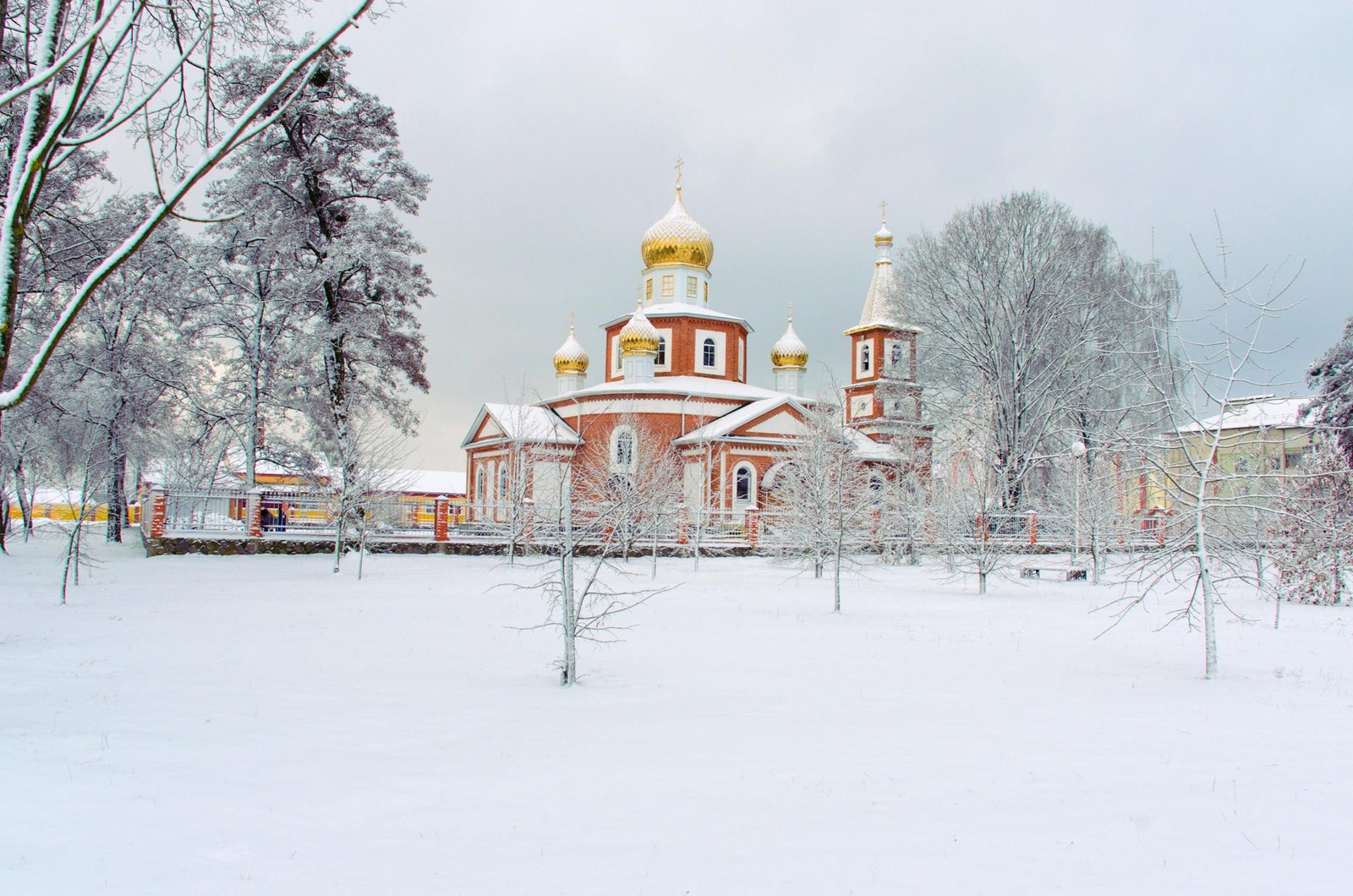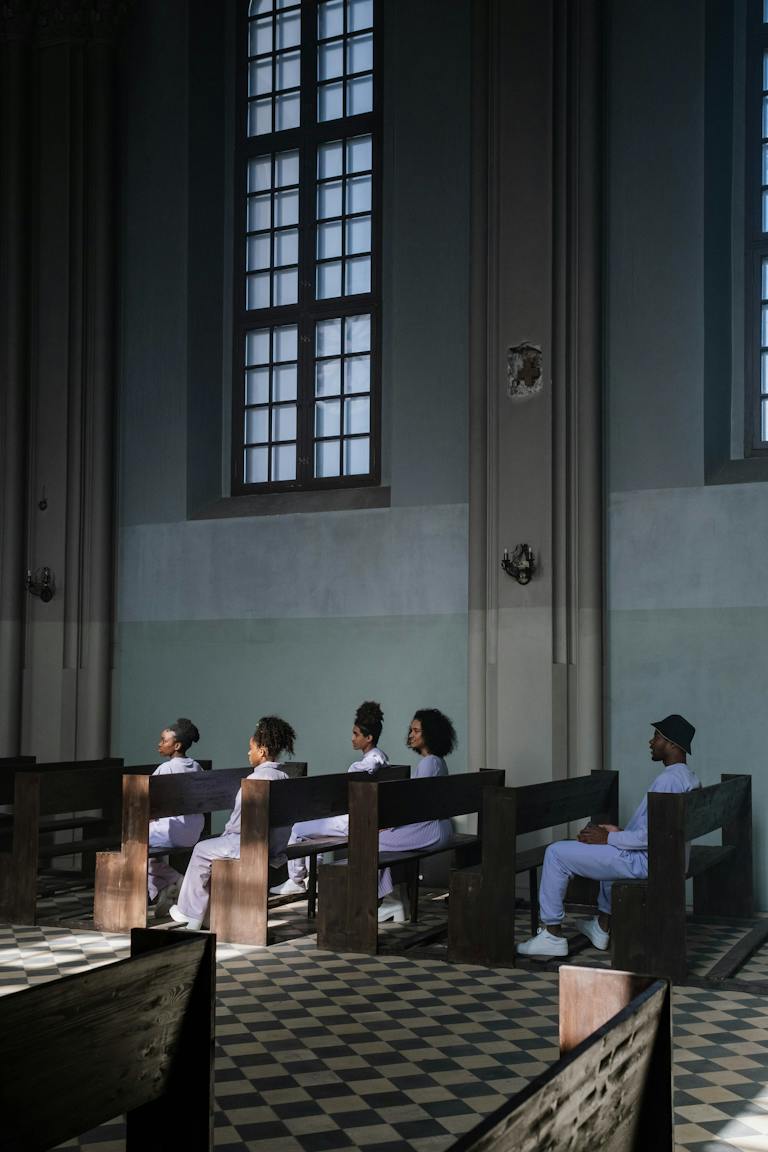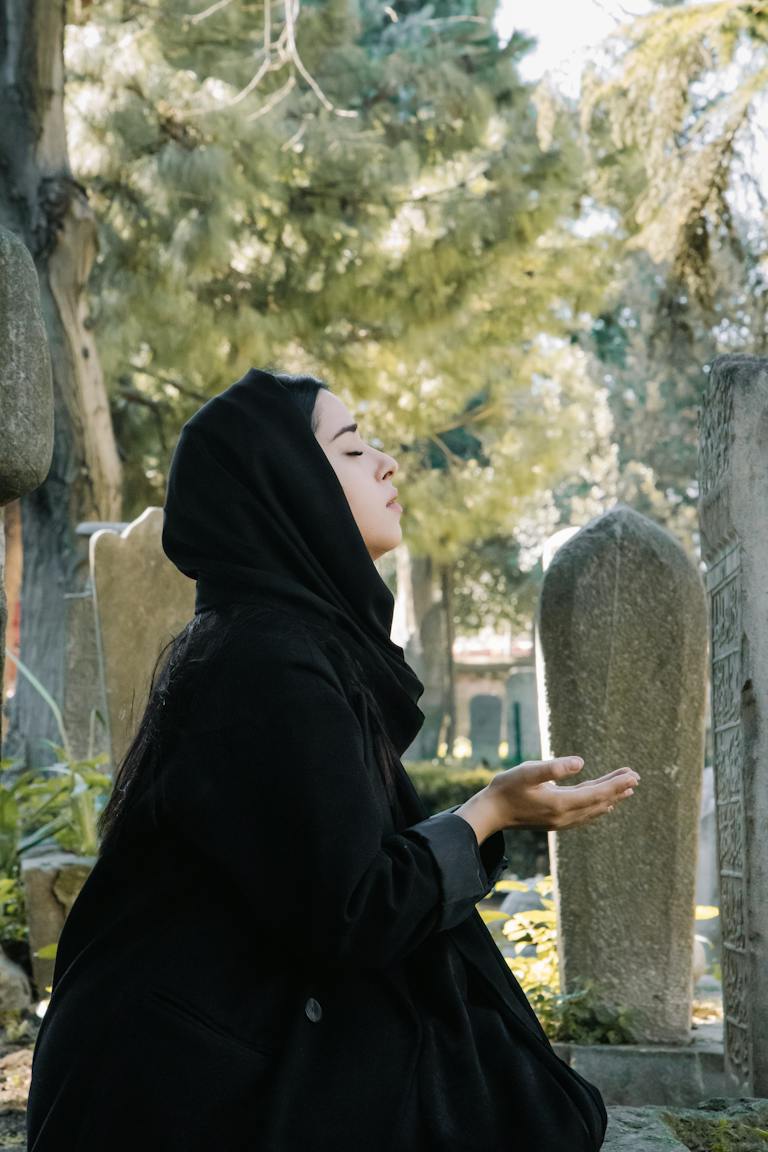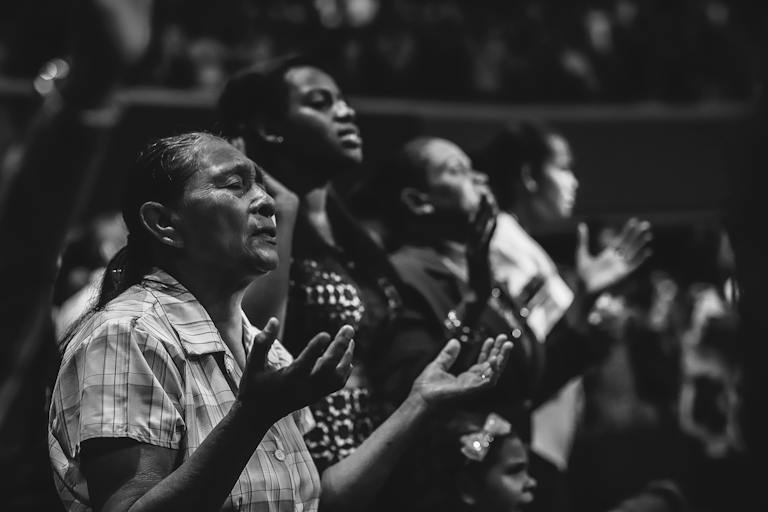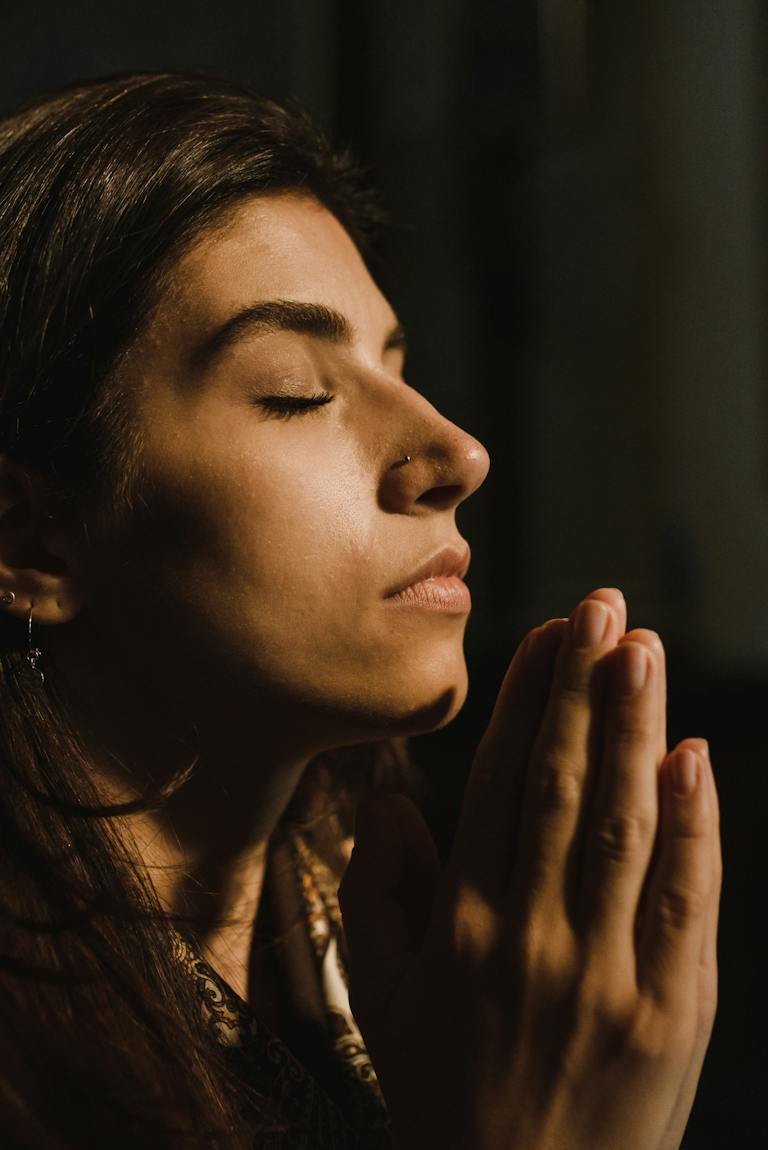Orthodox vs Catholic: The Differences and Similarities
The division between Orthodox Christianity and Catholic Christianity is one of the oldest and most contentious in the history of the church. As a pastor, I’m often asked about the key differences between these two expressions of the Christian faith.
In this post, I will summarize some of the main areas where Orthodox and Catholic traditions diverge, while also noting important commonalities. My goal is to educate and explain rather than critique or attack.
Origins of the Split
Most historians trace the formal split between Orthodox and Catholic Christianity to events that occurred in 1054 CE involving a dispute over the use of unleavened bread in the Eucharist service and struggles for power and authority between church leaders in Constantinople and Rome. However, tensions had been brewing for centuries prior, including disagreements over language (Greek vs. Latin), cultural styles of worship, and, most significantly, over the role and authority of the pope. This event is known as the “Great Schism,” leading to the formation of the Orthodox Church in the East and the Roman Catholic Church in the West.
Orthodox churches today include the Greek Orthodox, Russian Orthodox, and other national Orthodox groups. While they have distinct cultural expressions, they share a common set of theological beliefs and practices originating from the early church in the Middle East and Eastern Europe. The term “orthodox” means “right believing” and was adopted to assert theological purity and adherence to the doctrines established by the early ecumenical councils of the undivided Christian church centuries prior.
Catholic churches in communion with Rome embrace papal infallibility, church governance under the pope, and theological developments such as purgatory and the Immaculate Conception that emerged in the West during the second millennium CE. The term “catholic” means “universal.”
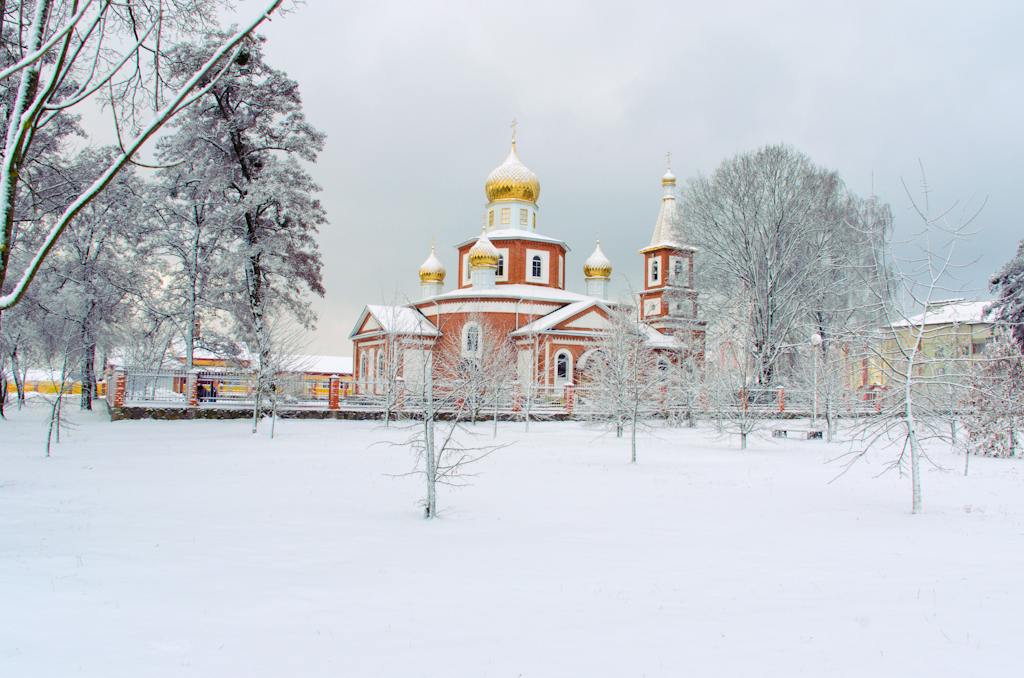
Key Theological and Ecclesial Differences
| Area | Orthodox Christianity | Catholic Christianity |
|---|---|---|
| Papal Authority | Reject papal infallibility and supreme jurisdiction of pope | Affirm papal infallibility and governance by pope |
| Original Sin | Distinguish between inherited guilt/corruption and consequences of sin | Embrace Western concept of inherited “original guilt” |
| Atonement | Emphasize recapitulation and victory over evil | Emphasize substitutionary and sacrificial aspects |
| Purgatory | Reject concept of purgatory | Affirm concept of purgatory |
| Clerical Celibacy | Allow priests to marry | Require priestly celibacy |
| Church & State | Historically closer ties to state | More independence from state |
| Liturgy & Worship | Mystical orientation with incense, chant, icons | More rational, non-mystical approach |
| Calendar & Fasting | Use Julian calendar; more extensive fasting | Use Gregorian calendar; less fasting |
While both Orthodox and Catholic traditions affirm core Christian doctrines rooted in the early ecumenical councils regarding the Trinity and the Incarnation of Jesus Christ, they have diverged significantly in matters of theology and church governance:
- Papal Authority: Orthodox churches reject the doctrine of papal infallibility and supreme universal jurisdiction of the Bishop of Rome (the pope) over all Christians. Power is much more decentralized, with autonomy resting in regional patriarchs and autocephalous (self-governing) national churches.
- Original Sin: Orthodox theology makes a clearer distinction between original sin as inherited guilt or moral corruption and the consequences of sin as death and tendency toward sin. The Immaculate Conception (Mary’s sinless conception) is rejected along with the Western doctrine of inherited “original guilt.”
- Atonement: There are differences in views on the mechanics of salvation, with Catholics emphasizing the sacrificial and substitutionary aspects of Christ’s death on the cross while Orthodox theology places more emphasis on the recapitulation or Christ’s victory over the powers of evil through his incarnation, death, and resurrection.
- Purgatory: The Orthodox Church rejects the concept of purgatory as a “third place” of purification after death.
- Clerical Celibacy: Orthodox priests below the rank of bishop are permitted to marry before ordination.
- Church and State Relations: Historically, Orthodox churches have tended toward closer ties to the state while Catholicism has asserted greater independence from secular rulers.
- Liturgy and Worship: Orthodox liturgy emphasizes mysticism and reverence through chant, incense, icons, and continual standing during services. Catholic liturgy in the West took on a more rational, non-mystical approach after the Scholastic period with more seated congregational participation.
- Calendar and Fasting: Orthodox churches still follow the Julian calendar (currently 13 days behind the Gregorian calendar) for calculating feast days like Christmas and Easter. Fasting periods are also extended and more strictly observed in Orthodoxy.
Orthodox and Catholic Similarities
Despite centuries of divergence, Orthodox and Catholic traditions share more common ground theologically than differences:
- Affirmation of the doctrine of the Trinity and Jesus Christ as fully God and fully man (Gk. homoousios) established at the early ecumenical councils
- Belief in the inspiration of Scripture and its authority, along with Sacred Tradition, as conveying saving revealed truth
- Weekly celebration of the Eucharist (the Lord’s Supper) involving real presence of Christ in the bread and wine
- Veneration of Mary the Mother of God and the intercession of saints
- Immersion baptism of both infants and adult converts/believers
- Structure of sacramental initiation involving chrismation/confirmation
- Belief in an afterlife of eternal reward and punishment and the resurrection of the dead at Christ’s second coming
In spite of tragic divisions, Catholic and Orthodox churches have attempted greater ecumenical dialogue since the Second Vatican Council. Some tensions have eased between Rome and Constantinople, even if full unity remains elusive. There is also increasing cooperation at the social level between Catholic and Orthodox laity in causes like pro-life advocacy and serving the poor.
Conclusion
The historical evolution of Orthodox and Catholic Christianity traces different trajectories resulting in divergent teachings on certain issues along with tensions regarding authority. However, instead of seeing each other as schismatics or heretics, Orthodox and Catholics would do well to seek greater understanding of each tradition’s reasoning from Scripture and church history.
While stubborn differences remain, focusing on the more fundamental doctrines and mission we share in the Gospel message can help overcome antagonism and foster improved relations between these two apostolic Christian communities according to Christ’s will “that all may be one” (John 17:20-23).
I welcome your feedback, questions, and discussion below!

